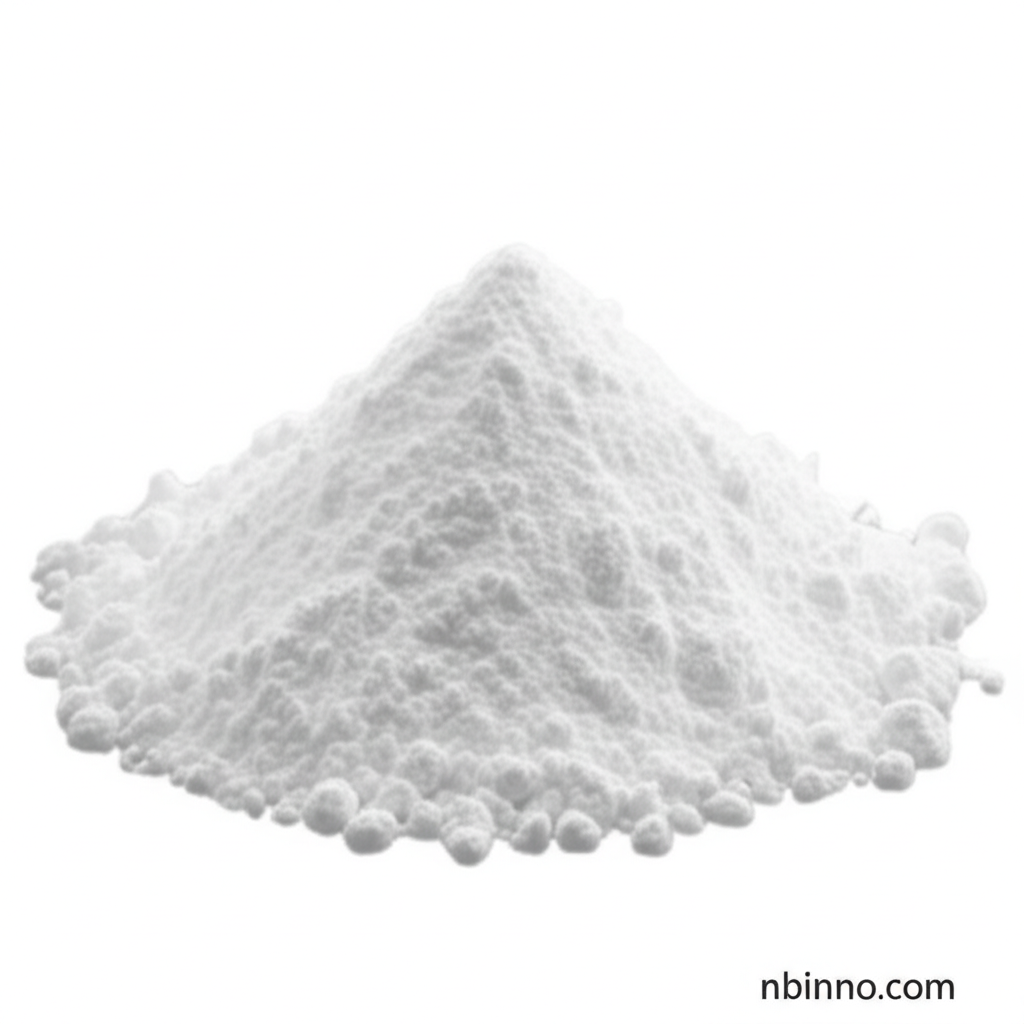Cefradine: A First-Generation Antibiotic for Bacterial Infections
Explore the efficacy, uses, and safety of this crucial antibiotic for bacterial infections.
Get a Quote & SampleProduct Core Value

Cefradine Powder
Cefradine is a vital first-generation cephalosporin antibiotic, renowned for its broad-spectrum activity against a range of bacterial pathogens. It functions by disrupting the synthesis of bacterial cell walls, leading to bacterial lysis and effective eradication of infections.
- Understanding the cefradine mechanism of action is key to appreciating its effectiveness in combating bacterial invaders.
- Discover the wide array of cefradine uses, from treating common respiratory infections to more complex skin and urinary tract issues.
- Learn about how to take cefradine correctly to maximize its therapeutic benefits and ensure a complete course of treatment.
- Familiarize yourself with potential cefradine side effects and crucial cefradine drug interactions to maintain patient safety.
Advantages of Using Cefradine
Broad-Spectrum Efficacy
Cephradine demonstrates significant antibacterial activity against numerous gram-positive and select gram-negative bacteria, making it a versatile choice for treating various infections.
Cell Wall Synthesis Inhibition
By binding to penicillin-binding proteins, Cefradine effectively inhibits the crucial process of bacterial cell wall synthesis, leading to bacterial death.
Versatile Administration Routes
Available in oral, intramuscular, and intravenous forms, Cefradine offers flexibility in treatment based on infection severity and patient needs.
Key Applications
Respiratory Tract Infections
Cefradine is highly effective in treating infections such as bronchitis, pneumonia, tonsillitis, and pharyngitis, addressing bacterial causes of these common ailments.
Urinary Tract Infections
This antibiotic is a primary treatment for bacterial UTIs, including cystitis and pyelonephritis, ensuring rapid symptom relief and pathogen eradication.
Skin and Soft Tissue Infections
Cefradine addresses bacterial infections of the skin and underlying tissues, including those caused by staphylococci and streptococci.
Ear, Nose, and Throat Infections
It is also used to treat infections affecting the ear, nose, and throat regions, offering a reliable antibacterial solution.
